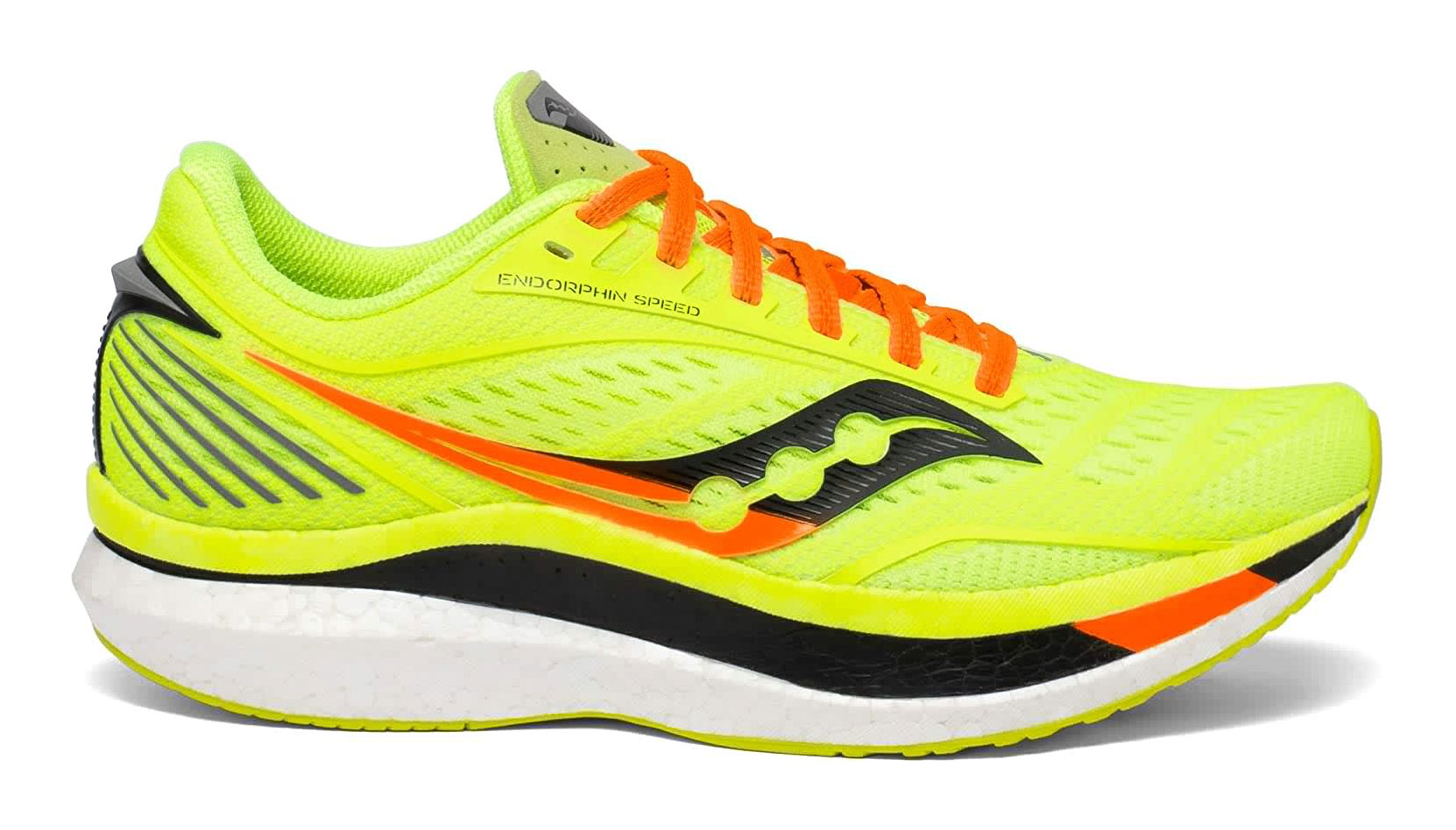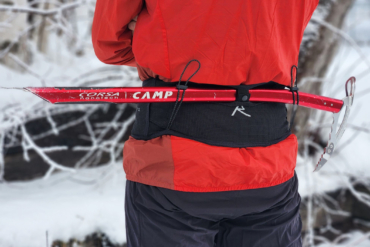A great interval workout shouldn’t just make you tougher physically.
If you want to improve your running, you must add a healthy dose of interval training. This is an undisputed fact. However, as a running coach, there’s one thing I don’t like about interval training: the rest.
I’m not saying you shouldn’t include rests, and I don’t discount the value of traditional interval training. But I suggest including a different form of speed work, one where the recovery is not so much an actual rest, but rather a continuation of the speed interval.
Most interval workouts are structured so there’s a work rep (or speed interval), followed by a recovery interval. Typically, the recovery interval is run at a much slower pace so you can catch your breath, take a mental break, and prepare for the next interval.
This run hard, run easy style chops the session up, giving you an opportunity at the end of each hard section to rest and break the workout into more manageable chunks. It also makes a difficult workout easier to mentally and physically handle.
But the problem with this approach arises on race day. There are no breaks during a race — no slow recovery jogs, no mental stops to prepare for the next push. It’s go time from the start.
The best way to prepare for this type of nonstop mental toughness — the toughness you need for a race — is to regularly include a type of workout called a “float” workout.
Float Workouts for Running
Float workouts are purposely designed to help you push through discomfort while still maintaining a fast pace. They do this by eliminating an easy recovery jog.
Instead, the recovery (“float”) portions are run at a rather quick pace that still feels uncomfortable and not enough to get a mental or physical break. Furthermore, these types of continuous workouts teach you to deal with and clear moderate levels of lactic acid.
Two of my favorite types of float workouts are alternating-pace long runs and in-and-outs.
In-and-outs can be done on road or trail. They serve as a great early-season fartlek or quality session smack in the middle of your training cycle. I recommend repeating this workout every 3-4 weeks and adding a mile each time.

Float Workout: In-and-Outs
- Warm up 1-2 miles starting at an easy pace, then gradually pick it up to a moderately hard pace
- Begin to alternate half a mile at 8K to 10K pace with half a mile at marathon pace (or alternate between the lower end of tempo and the upper end of steady pace using this calculator)
- Repeat for 2 to 8 miles depending on ability
- Cool down 1-2 miles at an easy pace
A Comfortable, Fast Shoe Is a Must
Just like Igloi 100s, in-and-outs can really tax your feet. The pace is fast enough that you’ll want to wear a lightweight racing shoe or trainer. But due to the volume, you’ll want something super-comfortable as well.
One of my newest favorites that’s both super-fast and ultra-comfortable is the Saucony Endorphin Speed. It features a nylon plate embedded in the ultra-responsive PWRRUN midsole, and the 8mm drop prevents your calves from becoming overworked.










